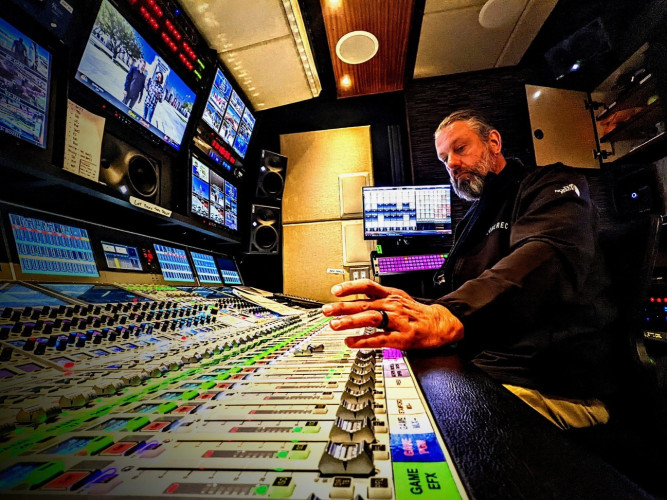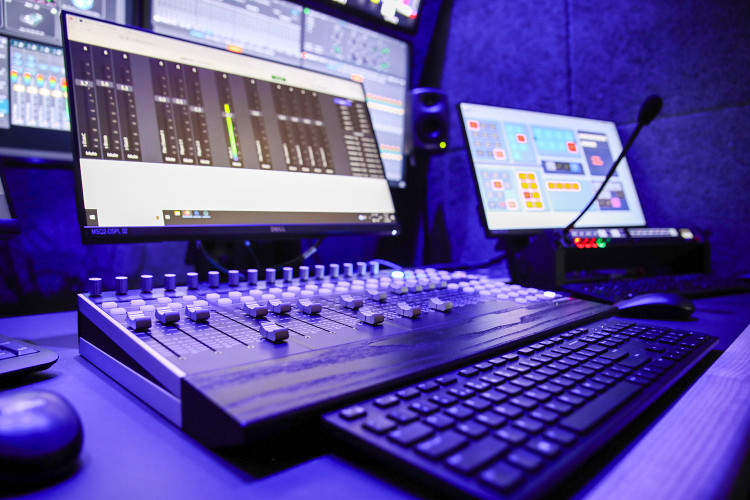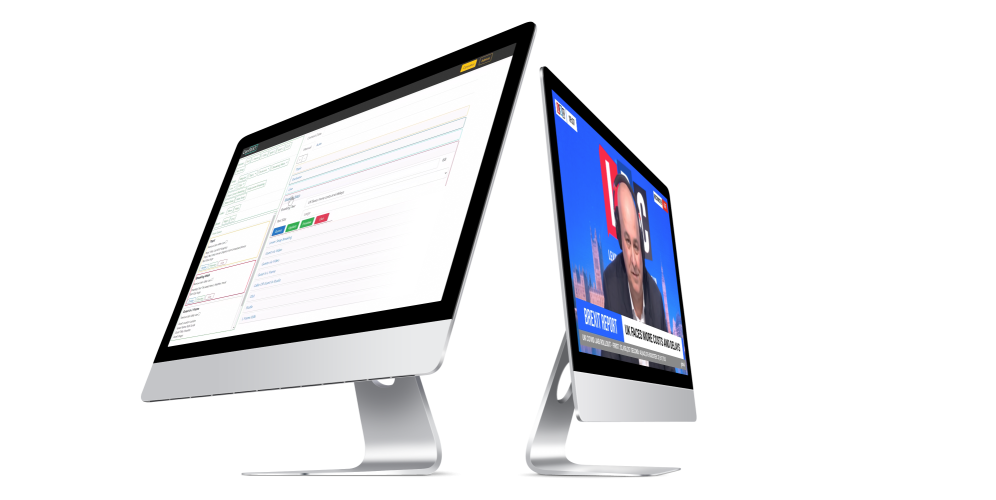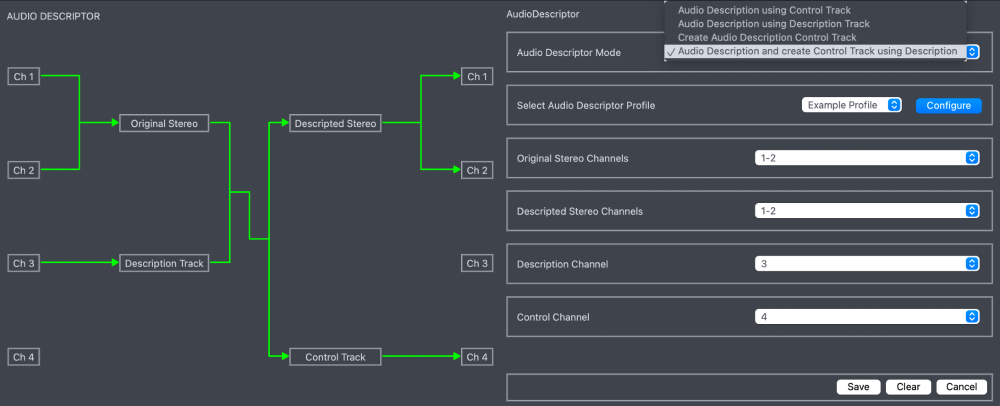by Michael Kahsnitz Issue 113 - May 2016
Today\'s audio engineers and editors have to fight various battles, including constantly shrinking production budgets, less time to create the final program content and more tech specs to match than ever. For this compilation, we take a deeper look at the required major indicators common to all the standards.
Let\'s start with a common understanding for some terms:
Program:
An individual, self-contained audio-visual or audio-only item to be presented in Radio, Television or other electronic media. An advertisement (commercial), trailer, promotional item (\'promo\'), interstitial or similar item shall be considered to be a program in this context.
Program Loudness (I):
The integrated loudness over the duration of a program. Program loudness is measured absolute in LUFS or LKFS and relative in LU.
Short term loudness (S):
3-second integration indication of the actual loudness value. Short-form content:Short duration program (up to approximately 2 minutes), typically shorter than 30 seconds; In addition to commercials and promotional items also interstitials, stingers, bumpers and similar very short items belong to this category.
Max Short term loudness (Smax):
The measure \'Maximum Short-term Loudness\' should be used to further characterize and control the audio signal as well as to avoid overly dynamic short-form program, which would lead to audience complaints.
Momentary loudness (M):
Fast (400 msec integration) indication of the actual loudness value.
Loudness Range (LRA):
Distribution range of the loudness of a program.
Maximum True Peak Level:
The maximum value of the audio signal waveform of a program in the continuous time domain measured in dBTP.
Who needs what?
Most of the time TV professionals tend to have an easy and fast-to-read indication that gives a good assumption of the loudness for their program. This can be a big numerical, color changing display of the Short term "S\" reading like in Fig.
1-1, or a more detailed but still easy-to-read information, like the corridor chart in Fig. 1-2. This plot shows the target loudness area as a corridor, and reads over time.
A more sophisticated way to read loudness, for example in master control, would be a numerical readout, which is controlled from the playout system.
As shown in Fig. 2-1, the master control engineer can see the actual program loudness of a segment, plus a longterm program loudness, which includes all segments of a television show.
There are also bar readouts, for those used to this kind of display, illustrating the loudness as seen in the center of fig. 2-1.
For those engineers interested, and able to control the dynamics of a signal, a loudness range indication will be helpful. In the Fig 3-1, this is shown as a "magic eye\" - wide bar larger dynamic, spot no dynamic at all; the combination of the magic eye, but tied with its center to the actual integrated reading. In combination with these types of display there are also various coloring modes, like three colored areas for "low, comfort, high\" LRA or colour swap of the complete bar.
An informative Production Engineer display is shown in Fig. 4-1. It is the combination of a visualization of all the audio as it appears to the listener. The weighting of the signal is compliant to the loudness standard (red markers read channel target loudness).
The bar and the numerical at side, as well as the LRA indicator, present a full picture of all necessary information. For mixing purposes, this type of display can be linked to timecode.
Finally, Fig. 5-1 is a live loudness and loudness dynamic regulation program called Continuous Loudness Control. The graphical display gives experts all required information about actual audio loudness and dynamic range, as well as target values and regulation process data.
Any of the figure mentioned above can be helpful for a range of audio engineers, from beginner and standard to expert levels. Choosing the program that best suits your needs is the first step in ensuring proper loudness control.




































